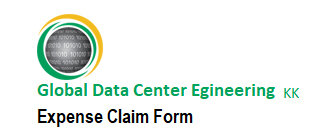Yes, it all seems to depend on hat PNG Photoshop creates, that VFP does not fully support somehow.
As EPS is a vector format, you needed to convert it to PNG or JPG first, perhaps it would have given better results even as PNG when keeping the large pixel resolution.
I read about the EPS format and saw a question on Stack Exchnage why it requires a ppi/dpi specification hereas SVG, another vector graphics format, does not. It does make sense to be able to rassterize it, printers, even those driven by postscript (and EPS is encapsulated postscript) will print rasterized images only. A ppi/dpi resolution won't tell the size , that's then given by the actual physical dimensions of the paper and the area within the printable area in a report, or by a resolution as you say it's 3000x3000 in your case. It's all dynamically changable anyway, if an image with a legacy density of 96dpi is displayed on screen, 96 pixels will be 1 inch on a display with 96 dpi resolution, that's right, but when you design a report, VFP or not, the size of what you design there will determine the physical size in inches (or cm/mm, whatever) anyway, and then everything needs to scale anyway and becomes overridden anyway, therefore.
If you rasterize it's making it harder to resize and then you can get artifacts as your second image shows. It would really be nice if VFP reports would support a vector graphics format, I think there may be a way to embed EPS with some OLE class that would actually forward that 1:1 to a postscript capable printer (driver) and otherwise make it a jpb for the printer driver to resterize it from the original vector format. You would get best results that way. I don't know such a control, but that would perhaps be worth looking for, even only to get a better PDF result.
In a way a font is a vector graphics format, too. In small font sizes rasterized characters are used, but for larger font sizes a font outline is defined in so called splines, sort of mathematical curves, that's why you also don't see any artifacts in any font size. But this kind of vectors (splines) are insufficient to handle any vector graphics, it's a limited format specifically adjusted for font design.




